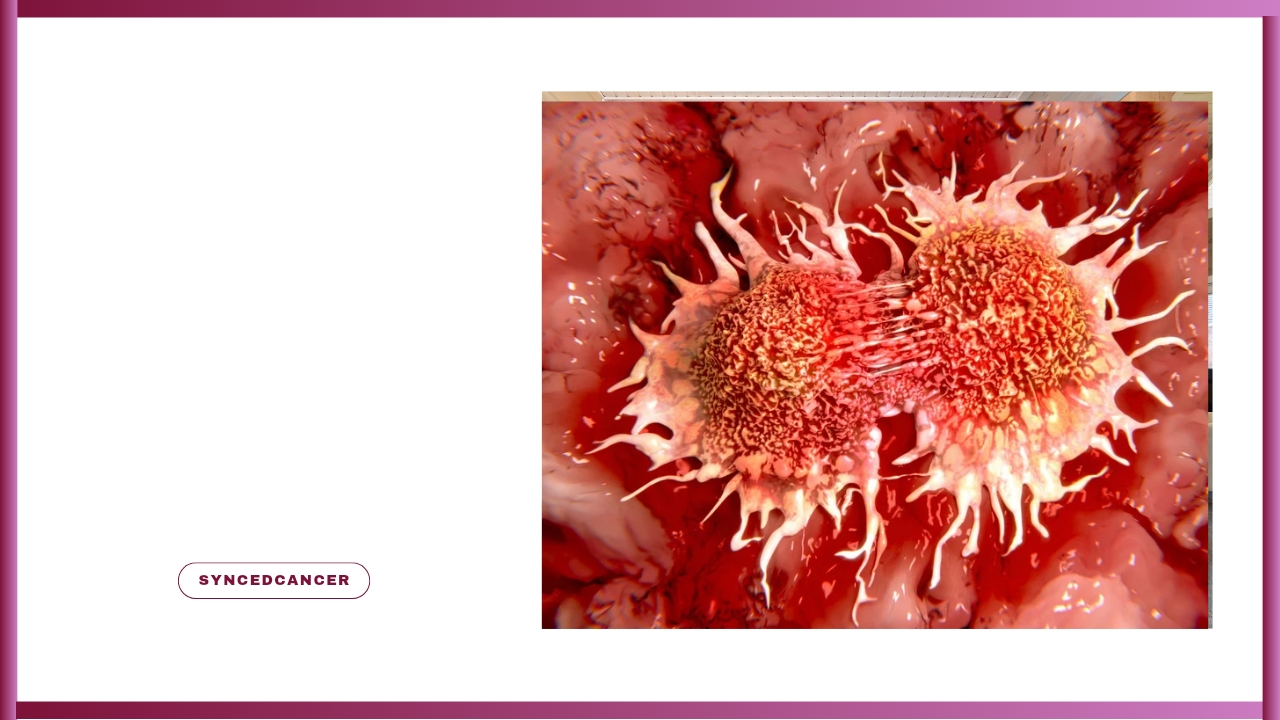Men and women both have breasts, but women have more breast tissue than men. The breast, which is also called the mammary gland, is a very complex component of the body. The female breast goes through many changes over a lifetime – from birth, puberty, pregnancy and breastfeeding, right through to menopause. Many of these changes are driven by hormones. They can be related to the menstrual cycle, pregnancy or the normal aging process.
The ovaries produce hormones, including oestrogen, that cause the breast to grow and develop during puberty. Following puberty, a woman’s monthly menstrual cycle will see changes in the hormones progesterone and oestrogen. Women may experience breast tenderness or swelling at different times of the month as a result of this. In order to prepare mothers for breastfeeding, the body will produce more oestrogen and progesterone during pregnancy, which will cause the breast to continue growing and developing.
Oestrogen and other female hormones are no longer produced by the ovaries around the time of menopause (perimenopause). Breast tissue shrinks in the absence of oestrogen. Monthly menstrual periods cease after menopause (post-menopause).
Healthy cells are the basic building blocks of all tissues and organs in the body. The body is constantly making new cells to replace worn out tissue or to heal injuries. Normal cells are programmed to grow and divide in an orderly and controlled manner, so that each new cell replaces ones that are lost. Sometimes cells become abnormal, keep growing and invade the surrounding tissue. As they grow, they can form a mass or lump called a tumor.
However, not all tumors are cancer. Some tumors are benign (noncancerous), which means they tend to grow slowly and usually do not invade surrounding tissue or other parts of the body. Tumors that are malignant (cancerous) have the potential to invade and spread to other parts of the body.
First Stop for Spreading Breast Cancer Cells
The first place that breast cancer commonly spreads to outside the breast are the lymph nodes in the armpit (axillary nodes). Surgery is usually needed to remove one or more lymph nodes to help check for breast cancer spread. This operation to remove lymph nodes in the armpit is known as axillary surgery. Breast cancer found in the lymph nodes will impact the breast cancer’s staging, and the treatment plan will often be affected as well. If cancer is found in the lymph nodes, there is a higher chance that cells have travelled through the lymphatic system and bloodstream to spread (metastasise) to other parts of the body.
In this instance, treatment with systemic therapies, such as chemotherapy, is likely to be recommended. If cancer is found in a large number of axillary nodes, radiotherapy may also be recommended to kill any breast cancer cells that remain in the armpit but cannot be removed by surgery.
How Breast Cancer Spreads to Other Organs
Breast cancer can invade through nearby tissue or spread through the body via the lymphatic system and blood. With tissue, the cancer spreads from the original site and grows into nearby areas. Furthermore, breast cancer cells break away from the original site and can enter nearby lymph tubes (vessels), grow in nearby lymph nodes or travel through lymph vessels to other parts of the body.
Cancer Growth and How fast?
Since doctors are unable to determine when your cancer first appeared, they are unable to determine how long it took for it to grow to its current size. Weeks, months, or even more could have passed. Breast cancer tumors are usually removed as completely as possible by doctors. Therefore, they are typically unable to monitor how quickly it grows beyond that point as well.
Breast cancers typically double in size every 180 days, or roughly every six months. Still, the rate of growth for any specific cancer will depend on many factors. Every person and every cancer is different. Doctors refer to breast cancers that are more likely to grow quickly as more aggressive than those that tend to grow slower.
Factors affecting breast cancer growth
Doctors can tell if a tumor might grow and spread quickly or slowly depending on several known factors explained below. These expectations for how a cancer will act help you and your doctors decide how quickly and aggressively to treat it. Breast cancer growth depends on the following factors:
- Subtype: Some subtypes grow faster than others. For example, triple-negative breast cancers grow faster than those that are positive for hormone receptors. Your doctor will test a sample of your tumor to see what type it is and how fast it might grow.
- Stage: Breast cancer stages go from 0 to IV. Stage IV means it has spread from the breast to distant parts of the body, such as the brain or other organs. Cancers that have broken through ducts or lobules into breast tissue or spread are more likely to keep growing and spreading faster than those that are still limited to the place where they started.
- Grade: The grade is based on how normal your cancer cells look under a microscope. Cells that appear more normal are usually less aggressive or less likely to grow quickly. Very abnormal-looking cancer cells are more likely to grow faster and spread.
- Age: Most breast cancers happen in women aged 50 or older. But when breast cancer happens at a younger age, it’s more likely to be aggressive and fast-growing.
- Genetics: Because cancer cells replicate faster than normal cells, they tend to pick up random changes in their genes faster than a normal cell does, too. Some of these changes could make the cells grow more quickly. Some people also are born with certain changes in all of their cells that make cancer both more likely and more likely to grow faster. Changes in genes called BRCA1 and BRCA2 are commonly linked to aggressive breast cancer.











What do you think?
It is nice to know your opinion. Leave a comment.